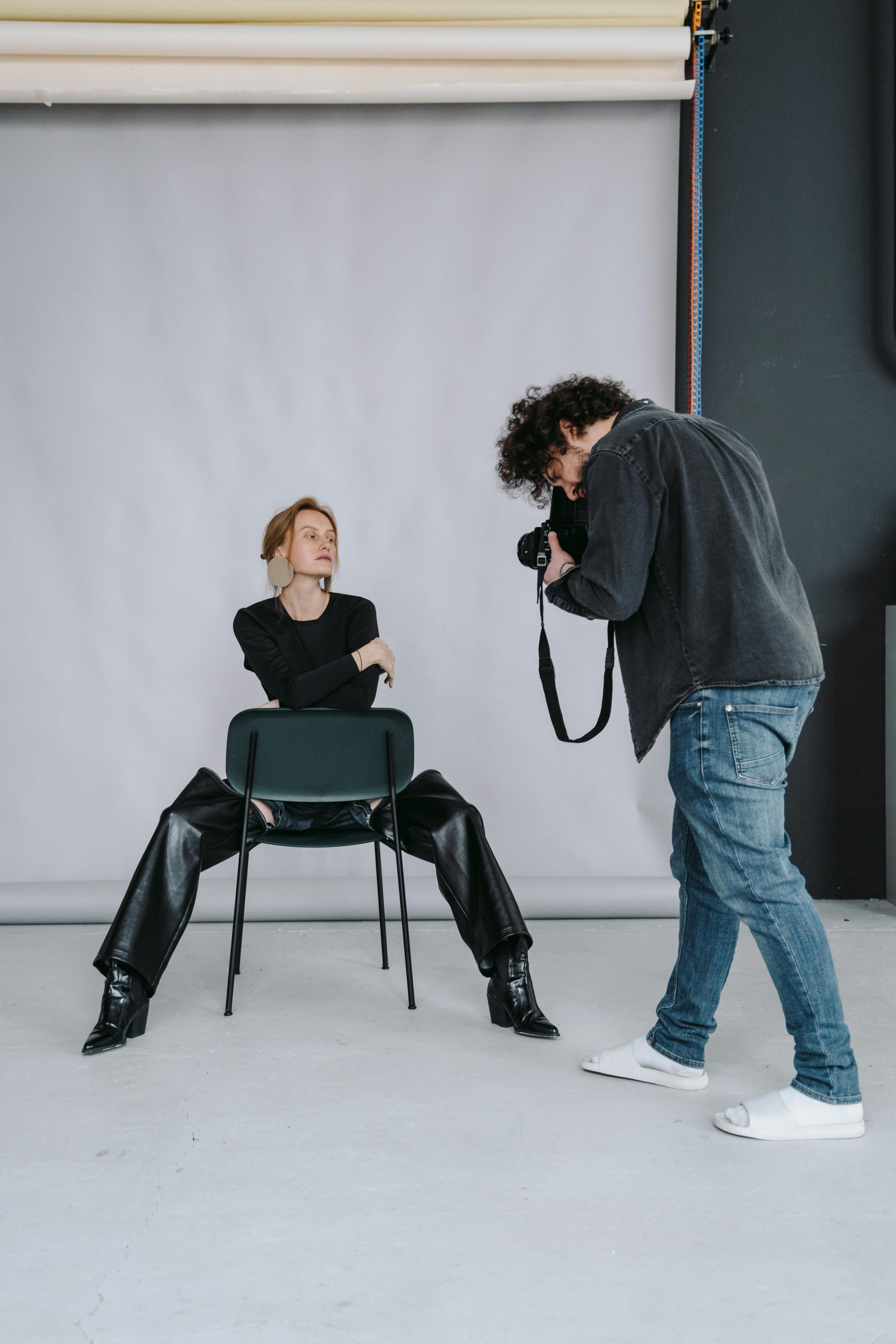Improving Accuracy in Diffusion Models for Visual Perception

Top post
Diffusion for Visual Perception: New Research Improves Accuracy
Generative diffusion models have proven remarkably successful in image generation. Increasingly, they are also being used for discriminative tasks, as pixel generation provides a unified interface for perception. However, directly transferring the generative denoising process to discriminative tasks reveals challenges that have received little attention so far. While generative models can tolerate intermediate errors during sampling as long as the final distribution remains plausible, discriminative tasks, such as referring image segmentation, require consistently high accuracy.
New research investigates this discrepancy and focuses on improving the alignment between generative diffusion processes and perceptual tasks. The focus is on analyzing the development of perceptual quality during the denoising process. The research findings reveal three key insights:
First, early denoising steps contribute disproportionately to perceptual quality. This suggests that tailored learning objectives should be developed that consider the varying contributions of individual time steps.
Second, later denoising steps show an unexpected deterioration in perceptual quality. This indicates a sensitivity to shifts in the distribution between training and denoising. Diffusion-specific data augmentation can remedy this.
Third, generative processes offer the unique possibility of interactivity. They can serve as controllable user interfaces that adapt to corrective cues in multi-round interactions.
These findings lead to significant improvements in diffusion-based perception models without requiring architectural changes. The research results demonstrate state-of-the-art performance in depth estimation, referring image segmentation, and general perception tasks. These advancements are particularly relevant for companies like Mindverse, which specialize in AI-powered content creation and processing. The improved accuracy of diffusion models opens up new possibilities for applications in areas such as chatbots, voicebots, AI search engines, and knowledge systems. By integrating these research findings, companies like Mindverse can offer their customers even more powerful and precise AI solutions.
Outlook
Research in the field of diffusion models for visual perception is dynamic and promising. Future work could focus on further optimizing learning objectives and data augmentation strategies. Exploring the potential of interactivity in generative processes also offers exciting perspectives for the development of innovative applications.
Bibliography: Pang, Z., Xu, X., & Wang, Y.-X. (2025). Aligning Generative Denoising with Discriminative Objectives Unleashes Diffusion for Visual Perception. *arXiv preprint arXiv:2504.11457*. Further Sources: https://openreview.net/forum?id=rMOhA1JNPo https://github.com/ziqipang/ADDP https://iclr.cc/virtual/2025/poster/28201 https://arxiv.org/html/2401.16459v1 https://synthical.com/article/Aligning-Generative-Denoising-with-Discriminative-Objectives-Unleashes-Diffusion-for-Visual-Perception-3931b959-532d-4a9a-b019-32e495f2fd22? https://www.researchgate.net/publication/382789338_Bridging_Generative_and_Discriminative_Models_for_Unified_Visual_Perception_with_Diffusion_Priors https://openreview.net/forum?id=ZYd5wJSaMs https://openaccess.thecvf.com/content/CVPR2024/papers/Kondapaneni_Text-Image_Alignment_for_Diffusion-Based_Perception_CVPR_2024_paper.pdf https://neurips.cc/virtual/2024/poster/96411.png)


